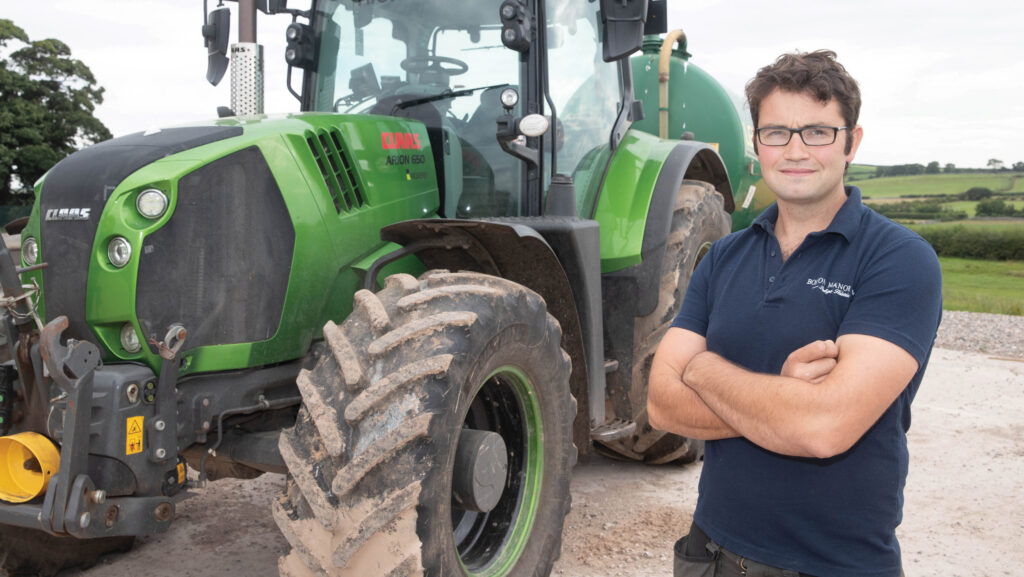Farmer Focus: Three-times-a-day milking means earlier finish
 © Tim Scrivener
© Tim Scrivener We moved to three-times-a-day milking at the start of the month.
I believe milk price and feed price currently lend themselves to it, but the real driver is to try to shorten our working day.
Starting at 5am and finishing at 6pm year-round doesn’t really provide a competitive work-life balance for the next generation.
See also: Dairy recruitment tool aims to help farmers find staff
So, the aim is to finish around 4.15pm and have a separate team milk at night.
Through summer and in the busy times we will work later, but when things are settled, we hope to try to stick to the earlier finish.
Advertising for staff always makes me nervous, but the response to the advert for night milkers was very encouraging, with a wide variety of people showing an interest.
I’ve taken on a total of 11 people to share the night-time duties, so as not to put too much on any one individual.
However, the job of teaching and training people has been quite full-on for me.
The cows have taken to it well, and production has lifted by just over three litres so far, with very little additional feed.
Our parlour is an 18-point swing over. On twice a day, there was quite a bit of waiting, with the cows averaging 22 litres at morning milking.
This has come down to 16 litres now, and the parlour runs much more smoothly.
I’m sure as we continue with it, we will find plenty more pros and cons, but hopefully I will be able to attend a few more of my kids’ extracurricular activities during the quieter months.
Ironically, November seems to have been the driest month for more than a year, which has allowed us to follow the wintering sheep with slurry and give ourselves enough capacity to not have to worry about it over Christmas.
Wintering sheep are a contentious issue. Many dairy farmers who want to cut grass early no longer have them at all.
We still like to see the sward grazed tight before Christmas though, and believe we get better quality silage because of it.
However, we do like to see them leave in January, which is almost 10 weeks earlier than they used to.

